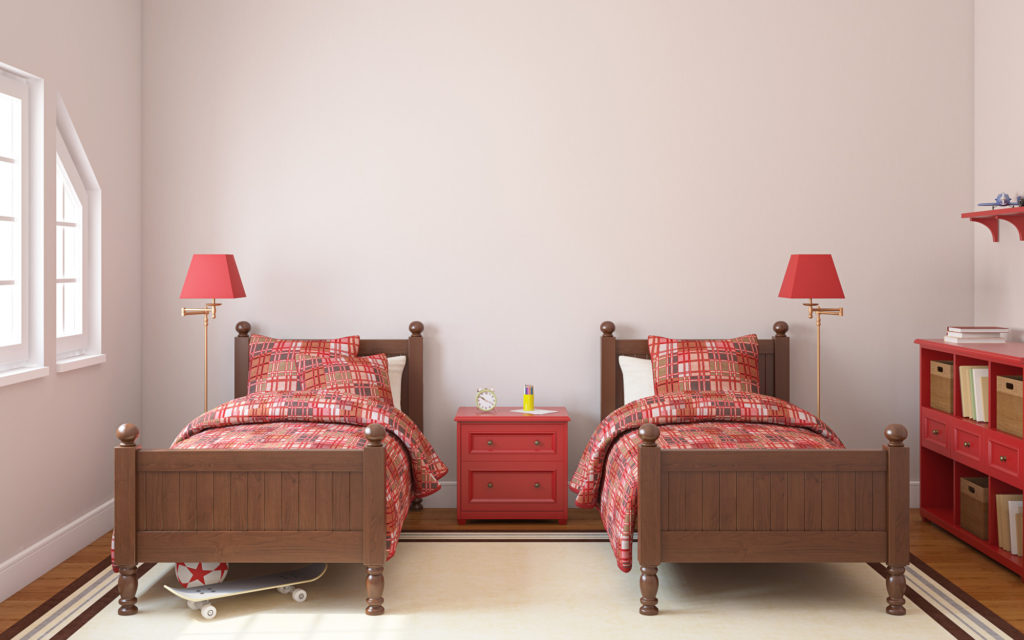
According to the Center for Disease Control (CDC), “A good night’s sleep is critical for good health.” And yet, nearly 164 million Americans have trouble getting some solid shut-eye! So, what’s a person to do?
Well, along with a variety of healthy solutions and sleep recommendations, it’s important to have a mattress that’s the right size for you. And while we all know that a king and queen-size mattress is on the bigger end of bed sizes, many don’t fully know the differences between twin vs full — the pros and cons of each.
Keep reading below to figure out which size is right for you, twin or full!
What Is a Twin-Size Bed?
A twin-size bed is the smallest size mattress you can buy (except, of course, for a crib, pack-and-play, or bassinet!) Standard measurements are 38 inches wide by 79 inches long — which is just about half the width of a regular king-size mattress. And while not as common, twin-size mattresses also come in two additional sizes: a small single/short twin as well as a twin XL.
A small single/short twin is roughly 30 inches wide, making for a more narrow perimeter than a typical twin-size mattress. A twin XL, on the other hand, is the same width as a typical twin-size mattress but has an additional 5 inches in length for those taller individuals.
What is a Full-Size Bed?
Like the twin-size mattress, a “full” is another common size and choice for most households. Standard measurements are 54 inches wide by 75 inches long — which is much larger than a standard twin-size mattress, inching (literally) closer to queen-sized, but, of course, still much smaller than your average king-size bed.
Like a twin, a full-size mattress also comes in an additional, slightly-larger size as well. This is commonly referred to as a full XL and measures out at 54 inches wide by 80 inches long — making it the same length as a queen while still coming roughly 6 inches shy of a typical queen-size width of 60 inches.
Pros and Cons: Twin vs Full
Now that we’ve covered the basics. Let’s evaluate the pros and cons of both twin and full mattresses.
As far as “pros” go, twin beds are cheaper than full, which means typically, sheets are cheaper too. Plus, it’s easy to store and doesn’t take up much space in most any traditionally-sized bedroom. On the downside, though — because it’s so small — it can normally only sleep one person at a time.
Full-size mattresses also have a variety of strong selling points. While they’re often slightly more expensive than a twin bed, they’re still relatively affordable and offer more sleeping room. They’re better for taller individuals and provide room to spread out and get comfy.
On the downside, though, sheets and duvets are typically more expensive than a twin set, and, because a full is slightly larger than a twin, it’s heavier and harder to move.
Should I Get a Twin or Full Bed?
So, twin vs full bed. Which mattress should you get? Ultimately, it depends on who’s sleeping in the bed. If it’s for a child or in a dorm, a twin is probably fine.
But if you’re a single adult looking for better sleep, you should probably go for the full. You’ll have more room to sleep and still won’t take up too much space in a typical bedroom
But whichever you choose, we here to help. Whatever your mattress needs, we have a variety of mattress discounts to help you purchase the best possible bed for your home. Check out our selection today!
